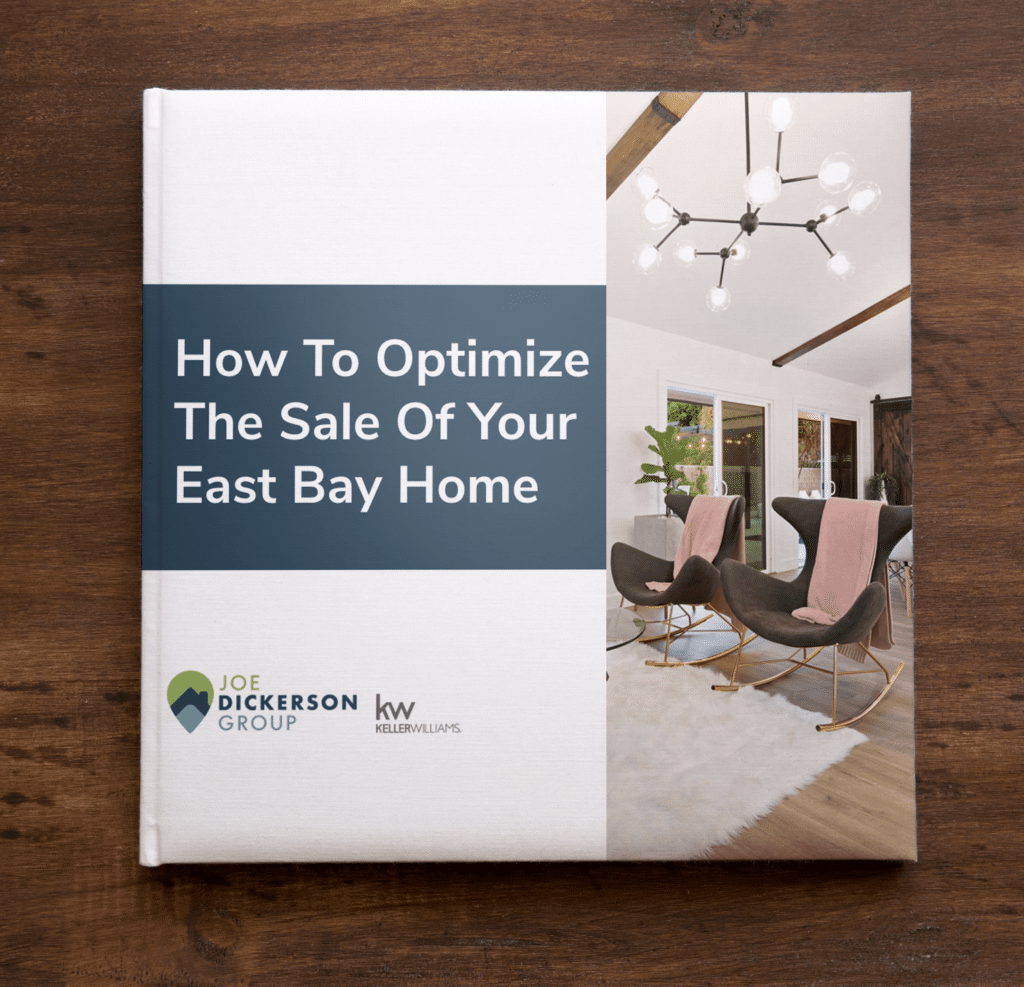In this blog, we’re talking about financing, or securing a mortgage for the home or investment you’d like to buy. Specifically, we’re going over downpayments and what you, as a buyer, should expect to put down for a downpayment. There are tons of different loan programs available to all sorts of buyers, and these programs are changing all the time. We can’t possibly cover every possible scenario, but we want to give you a good idea of the basics.
I’m sure you’ve heard that 20 percent is the required downpayment amount for a house. And in many cases, that is true. Many conventional loan programs–that is those that are not government-backed programs–have 20 percent down as their standard. These loans can be accessed through most mortgage lenders, brokers, banks, and come with a lot of flexibility. However, even though 20 percent is standard, there are other options. Some conventional loan programs offer lower downpayment options. In our market, we see 10 percent down fairly frequently, and even the occasional 5 or 3 percent down loans. And these are normal loans with normal interest rates and terms, accessible to many people.
The lowest downpayment options may have caps on the loan amount, which could make them less useful in high-priced markets like Oakland, Berkeley, and the East Bay. Currently, the loan limits for loans that conform with Freddie Mac and Fannie Mae guidelines is just over 726,000 dollars, meaning the top purchase price for a 3 percent down conforming loan is about 749,000 dollars. Outside of these conforming rules, there are countless lenders and programs with their own rules. Some ‘jumbo’ products–named because the loan amount is really really big–come with downpayment requirements as low as 5 percent.
I mentioned before that these were conventional programs, meaning they are not government-backed. So what about government-backed options? The most common we see in the Bay Area is through the FHA or Federal Housing Administration. Most banks or mortgage brokers can originate FHA loans, and you’ll likely end up making payments to a bank or company you’ve heard of. What makes FHA loans unique is that the government is insuring the lender against the risk of the borrower defaulting. So essentially if you as the borrower can’t pay and thus are foreclosed on, the federal government steps in to make the lender whole.
These programs can be really great options for some borrowers. Not only is the downpayment requirement only 3.5 percent, but these loans also allow for lower credit scores than most other programs. So with FHA, that means to buy an average-priced home in Oakland at a purchase price of 740,000 dollars, the down-payment would be just under 26,000 dollars. This is HUGE, as it makes the sky-high home prices in the Bay Area much more affordable.
Another government-backed loan option is through Veterans Affairs. Commonly called a VA loan, these loans are only available to service members, veterans, and their spouses and allow for the purchase of a property with no money down. While no money down is an amazing benefit, it can be quite challenging in our area to utilize these VA benefits. The loan program puts some requirements on sellers, and as we’re currently in a hot sellers market, sellers typically don’t need to accommodate VA loans in order to reach their goals.
Everything discussed so far has been for owner-occupied primary residences. Investment properties are a little different and often much simpler. For investment properties, government-backed programs like FHA and VA loans are typically not available, and neither are most low down-payment options. For investment properties, a huge majority of loan programs require 20 or 25 percent down. Lenders tend to categorize loans as investments when the buyer or borrower is not intending to live in the property and instead is looking to generate income from the property.
So if you were to purchase an average-priced duplex in Oakland as an investment, at around one million, the downpayment required would typically be 20 percent or 200 thousand dollars. It’s important to note here that if you’re planning on living in the duplex, there may be lower downpayment programs available. Check out our blogs and articles on house hacking to learn more about building wealth through owner occupying multi-unit properties.
So there you have it. When you’re buying a home in Oakland or the Bay Area, you have many loan options available to you. You may qualify for no-money down loans through the VA, or like most people, have an interest in an FHA loan, which requires 3.5 percent down. I didn’t cover every single loan product available out there, though these are the more frequently available loan products. Do you have a success story with a unique loan product? Have you been able to use FHA or VA loans in the bay area? Or do you have a unique situation that may require a creative loan solution? Contact us and let us know!



